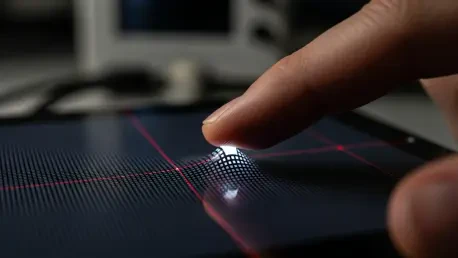
In an era where digital interfaces are becoming increasingly central to human experience, the line between the virtual and physical worlds continues to blur, yet a fundamental sensory gap has always remained. Researchers at the University ofCalifornia, Santa Barbara, have unveiled a pioneering

In a landmark collaboration with Samsung, Google has launched Android XR, an ambitious new operating system designed to unify the fragmented world of virtual and augmented reality. This strategic move represents Google's comprehensive plan to build a foundational platform for the next generation of

The sheer pace of augmented reality news in recent months compressed years of iteration into weeks and signaled that accessories once treated as novelties had crossed into credible daily tools for navigation, communication, media, and shopping. Late in the year, six developments stood out: stealth

In the intricate world of engineering and design, Computer-Aided Design (CAD) software stands as a cornerstone for converting conceptual ideas into precise 3D models that drive innovation across industries. Yet, the journey to mastering CAD is often a daunting one, demanding years of dedication to

In today’s digital age, where striking visuals are the cornerstone of communication across social media platforms, marketing campaigns, and educational content, the demand for powerful yet accessible image editing tools has reached unprecedented heights. VDraw steps into this space as a

Imagine a smartphone that not only keeps up with the most demanding games and applications but also anticipates user needs through cutting-edge artificial intelligence, all while maintaining exceptional battery life. Qualcomm has turned this vision into reality with the unveiling of the Snapdragon